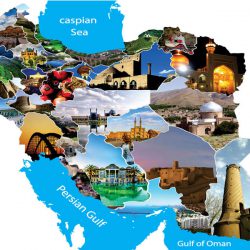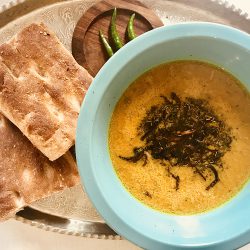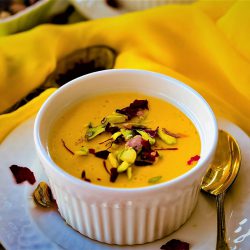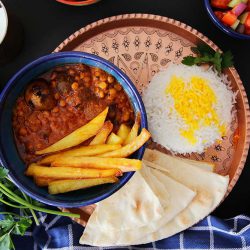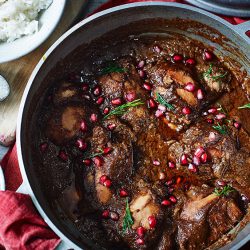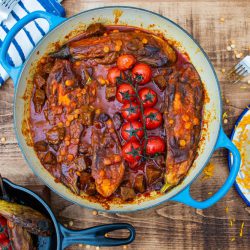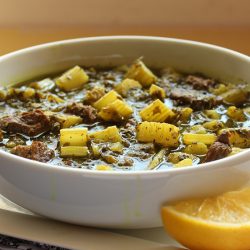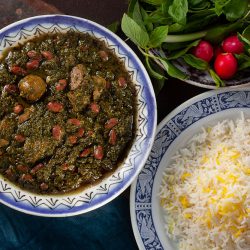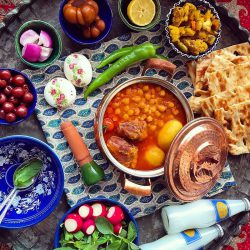Directory of Iran Visa Categories
Your purpose of the trip as well as other factors will determine what type of visa suits you best based on the laws and regulations of the Islamic Republic of Iran. As an applicant, you should be able to fulfil all the visa requirements. A consulate officer will go through your application and documents, and in case of approval, the type of visa you are eligible for will be determined.

